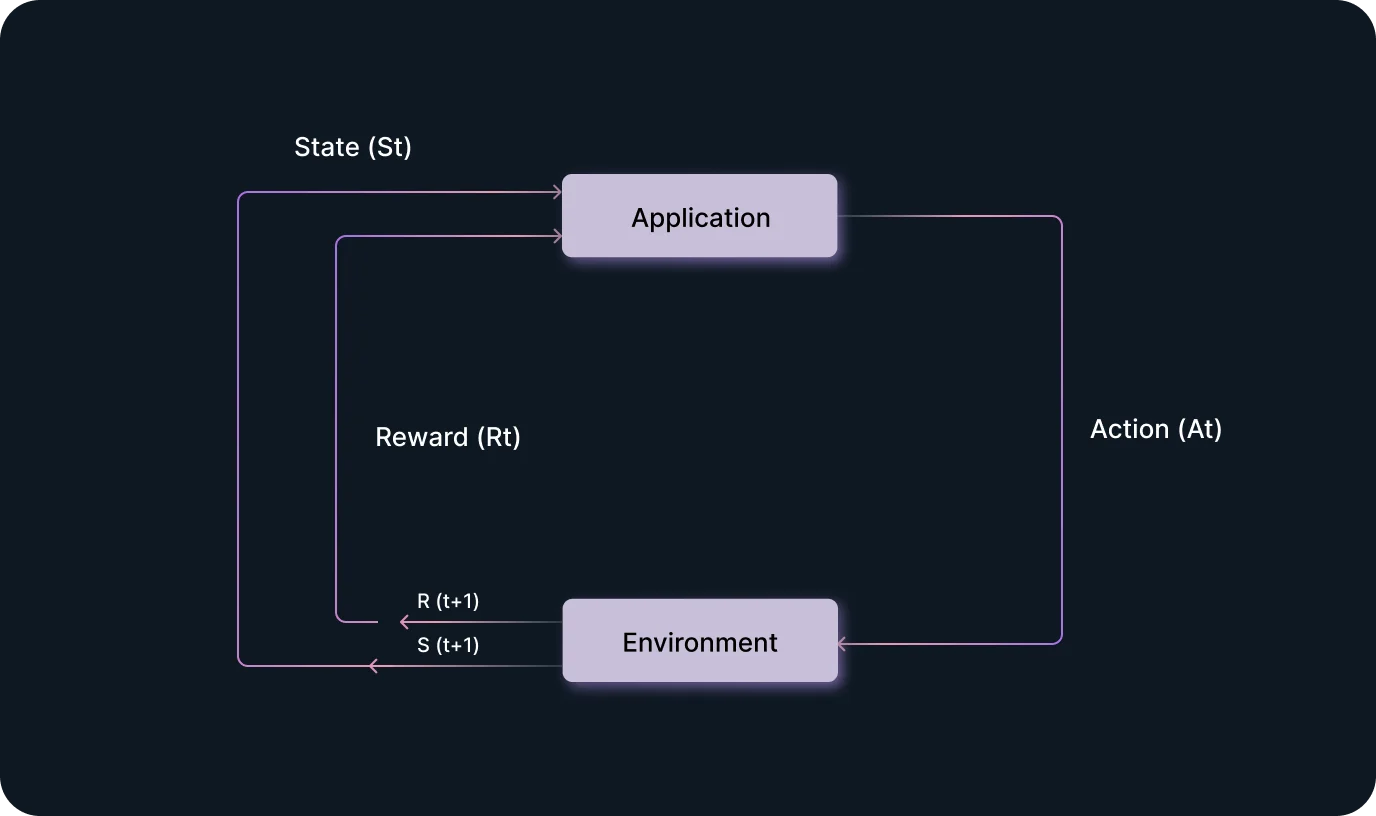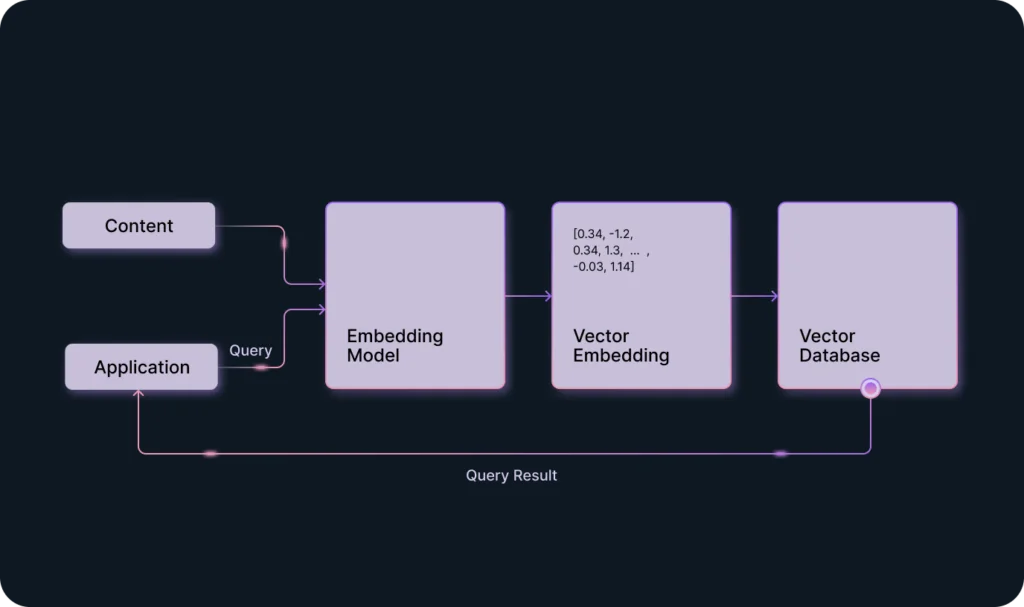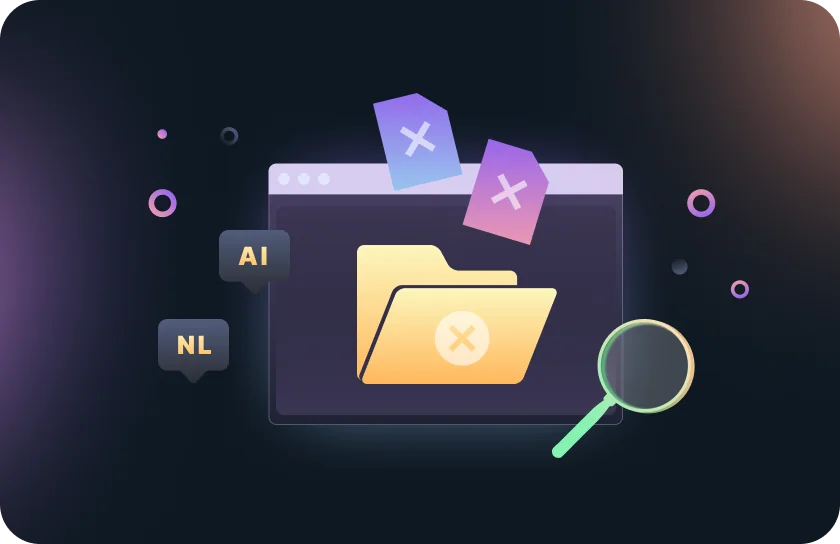Table of contents
2023 was a breakout year for Generative AI, and it has proven beyond all doubt that expanding your vocabulary with common AI terms is necessary now. Artificial intelligence technology is fast becoming an indispensable part of our lives on every level. Therefore, you must understand at least the basics of how it works and what it can do.
Devtorium will continue our series of articles about AI, its capabilities, and developments that are revolutionizing multiple industries. Today, we will expand our AI terms glossary with some more fundamental terminology. Understanding these concepts will help you get a better idea of how artificial intelligence models work with data. You can find the first post on basic AI terminology here.
AI Terms Glossary (Still in Alphabetical Order)
Bias
Bias is a phenomenon in machine learning (ML) that occurs when the outputs of ML algorithms are skewed. This happens due to the prejudiced assumptions made during the algorithm development. Simply put, it’s AI’s reaction to an error in the initial algorithm. This is often a reaction to human error or prejudice that occurs during programming the ML algorithm.
For example, it can happen if the data AI is given to learn from isn’t comprehensive enough or is programmed with cognitive human biases. In this case, the bias starts leading AI toward specific outcomes, affecting the results’ clarity and accuracy. If you are looking for a more technical explanation of how bias works in ML models, check out the relevant page on GeeksforGeeks.
Embedding
Embedding is a technique used to represent data (text, images, and audio) as a mathematical vector. Machine Learning models use data converted through embedding to capture semantic relationships and patterns. That’s the only data format they can directly process at this point of technological development, so embedding is one of the most important AI terms you need to understand right now.
Embeddings allow NLP models to process data, find contextual meanings, and perform tasks like querying, classification, comparison, and recognition. For example, Word2Vec and GloVe are popular embedding methods that are used for word embeddings. In simpler words, they help AI understand texts.

Reinforcement Learning (RL)
Unsurprisingly, Reinforcement Learning is a type of Machine Learning that improves decision-making algorithms over time. It enables an AI-driven system to learn through interacting with its environment using the trial-and-error method. In very basic AI terms, this can be explained as the AI’s ability to learn from all its interactions with the user, both successful and not.
Also, RL uses the exploration-exploitation trade-off. It means that a computer balances the need to discover new, better strategies while exploiting the ones it already knows. The machine does this in order to achieve maximized rewards. This ML model is commonly used in robotics, gaming, and various autonomous systems.
Vector Database
Vector databases are designed specifically for handling embeddings. The main difference between traditional and vector databases is in their data optimization and querying methods. Basically, instead of querying a row with a perfect value match, vector databases use a similarity metric, searching for a vector most similar to the query.
Devtorium developers used vector databases while working on AI-based recommendation systems, searching for images and text, NLP, and fraud detection software. We’ve also written an extensive article on the topic of vector database applications in AI and their pros and cons.

What’s After AI Terms Glossary?
The topic of AI is getting hotter and more relevant in our fast-developing world. Therefore, Devtorium will continue with our effort to explain exactly how this technology works and what it can do. The potential AI tech has is unlimited, and it has already changed human lives in significant ways. We hope that our developers and solution architects will be able to leave their mark on the world as well by creating new AI-powered products.
If you want to read more about AI, check out some of our previous articles:




